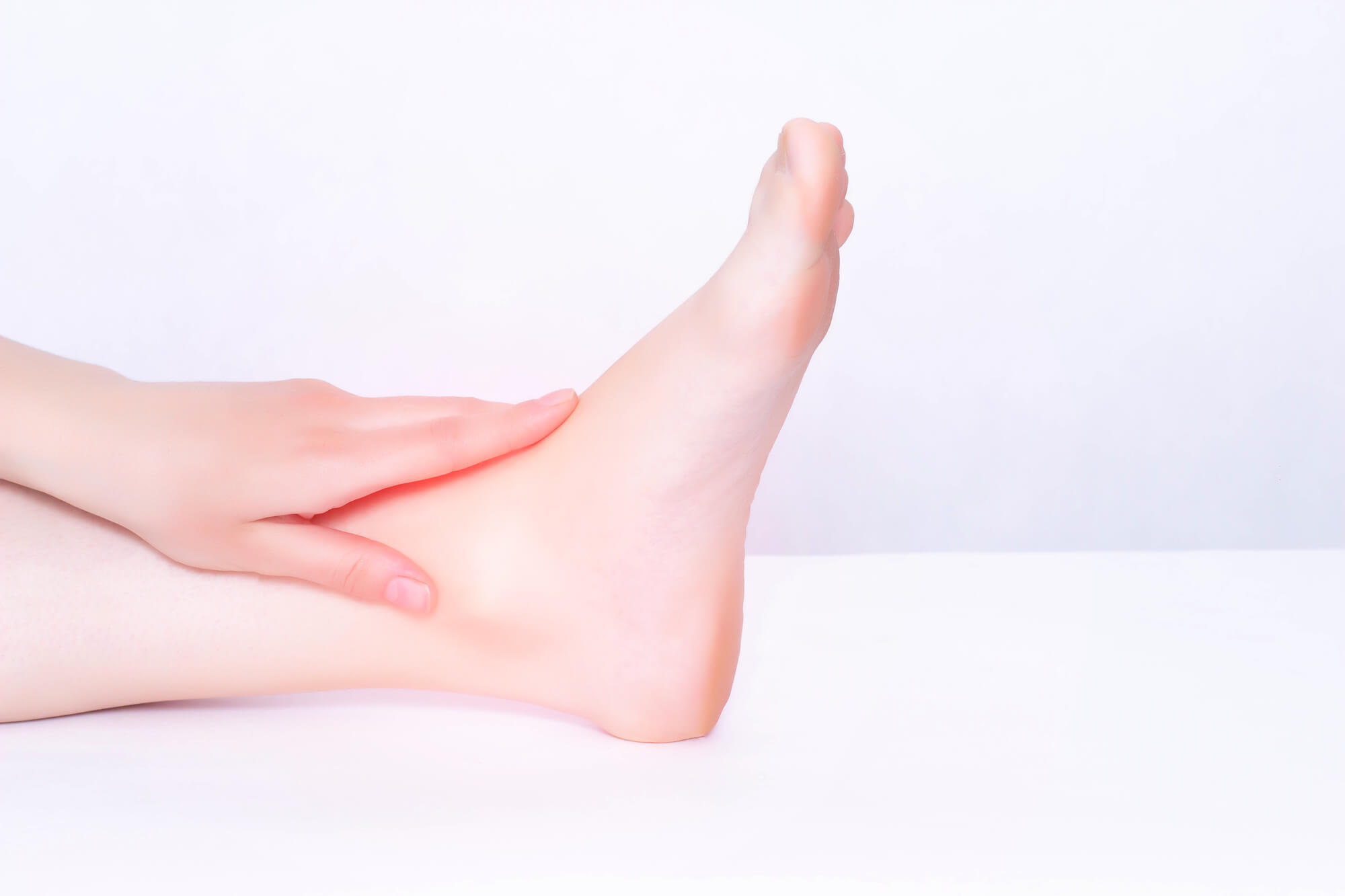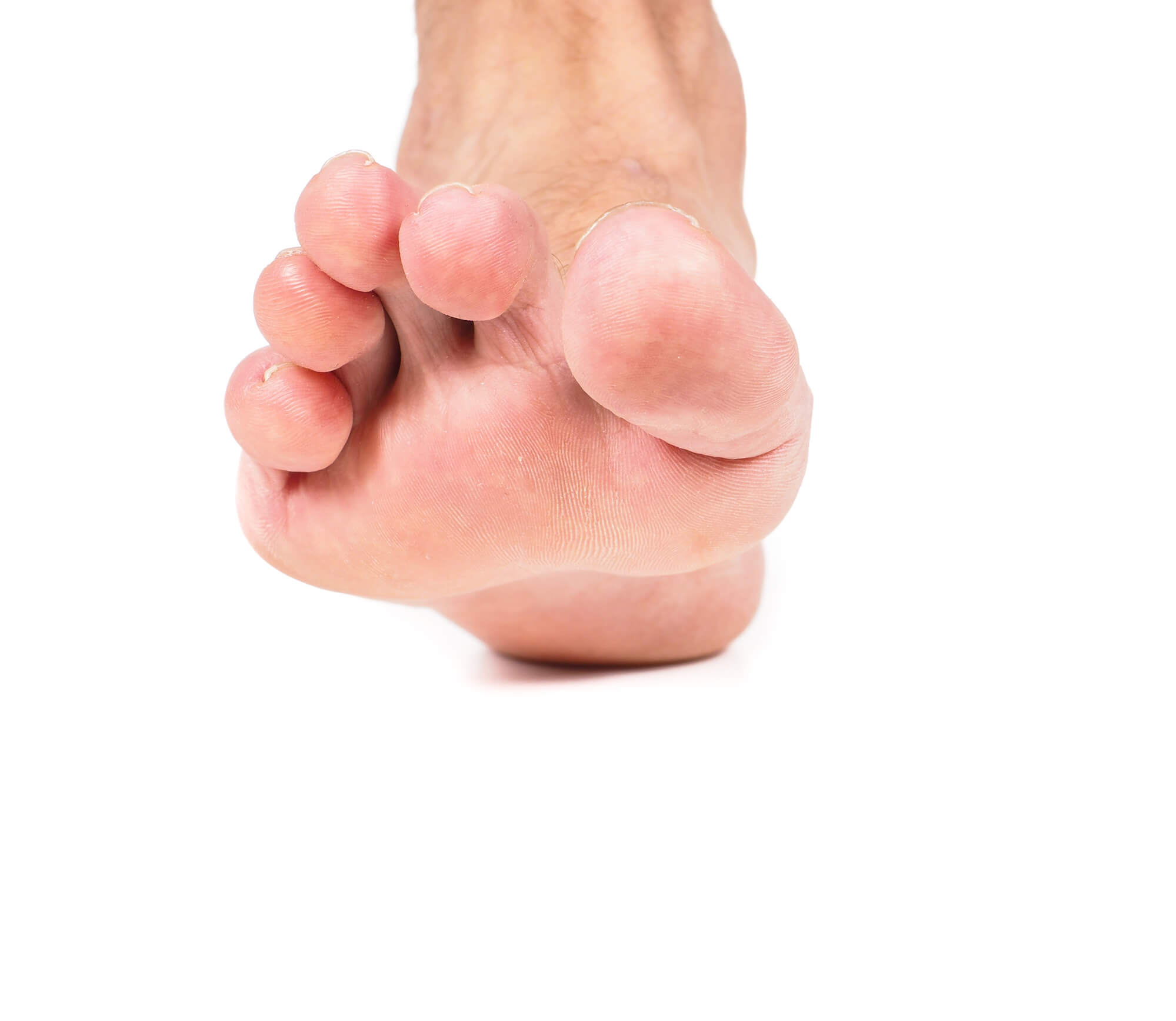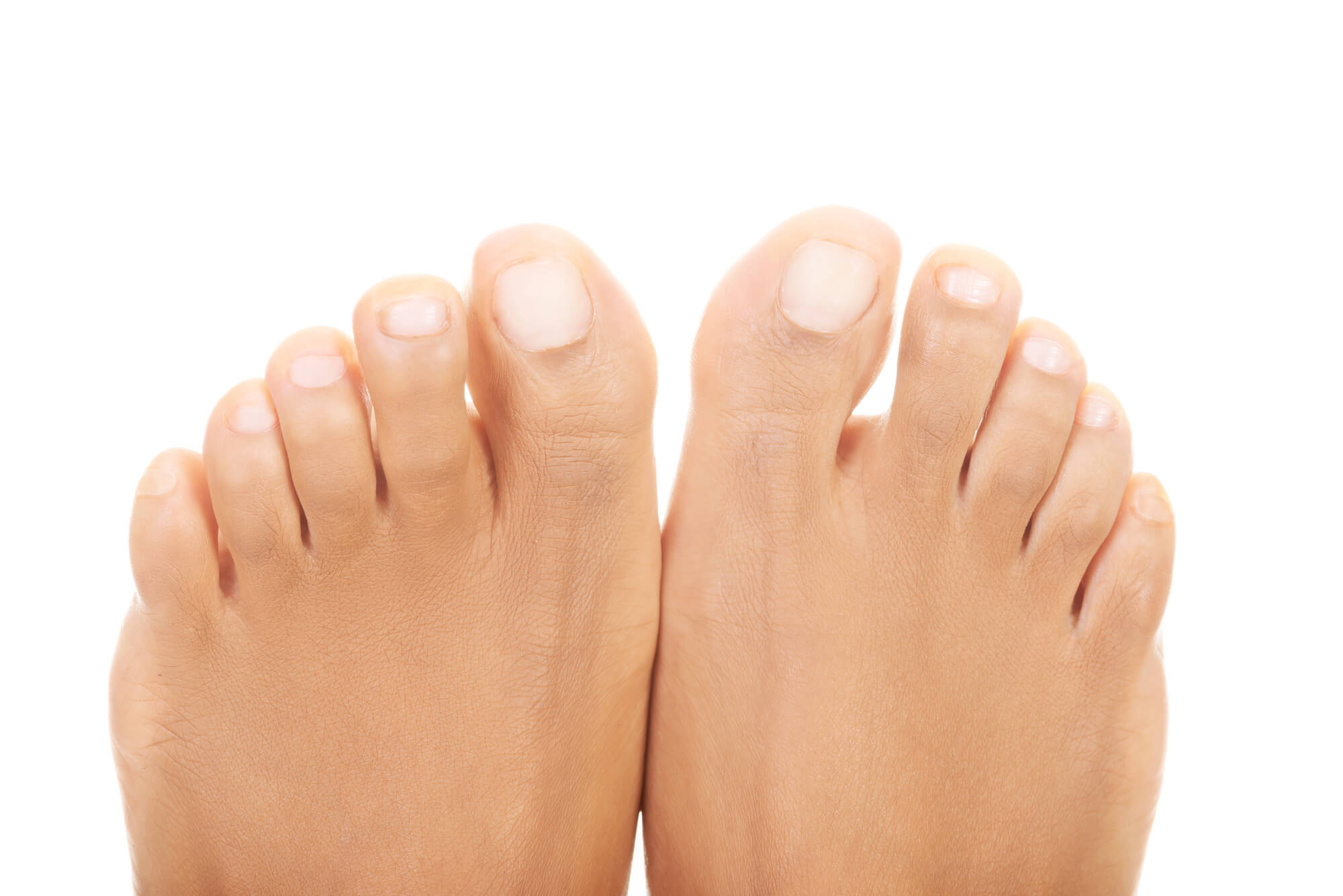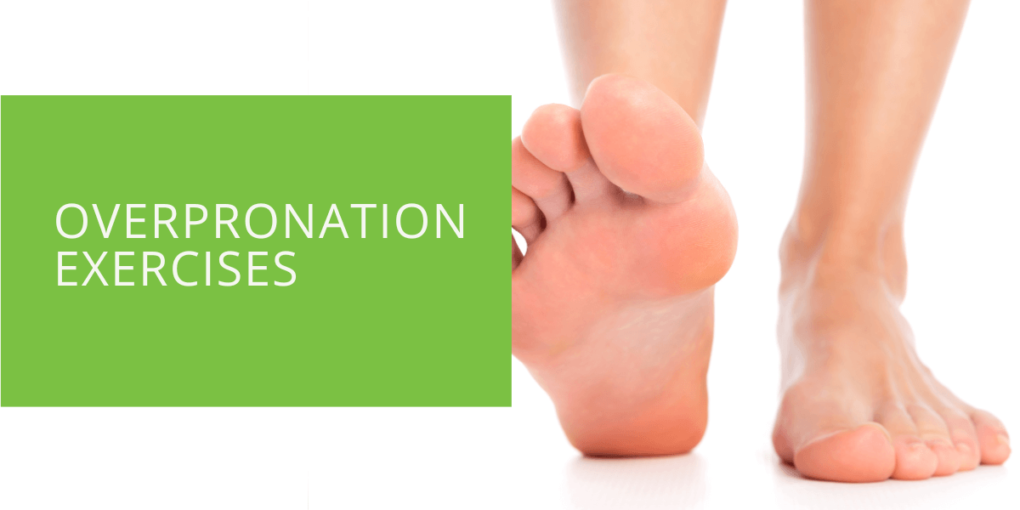Overpronation Exercises
Overpronation is a common foot problem when your foot rolls inward excessively, causing your ankle to twist and your arch to flatten. This can result in foot and ankle pain and increase your risk of injury. Fortunately, regular exercise can help correct overpronation and alleviate these issues. In this article, we will discuss different exercises that can be beneficial in correcting overpronation and improving your foot mechanics.
The Importance of Exercise in Correcting Overpronation
Exercise can help strengthen and stretch the muscles and joints in your foot and ankle, improving your gait and reducing overpronation. It can also help improve the mechanics of your knee and hip, reducing the risk of injury. Different exercises that can be beneficial in correcting overpronation include stretching, strengthening, balance, proprioception, and resistance band exercises.
Different types of exercises can help correct overpronation and improve the mechanics of your foot and ankle. Incorporating these exercises into your regular fitness routine can help alleviate foot and ankle pain and reduce your risk of injury.

Stretching Exercises
Stretching exercises can help improve flexibility and reduce tightness in your foot and ankle, which can reduce overpronation. Here are some effective stretching exercises:
Calf Stretches
- Stand facing a wall with your hands against the wall at shoulder height.
- Step back with one foot, keeping your heel on the ground.
- Bend your front knee and lean forward, keeping your back leg straight.
- Hold the stretch for 20-30 seconds.
- Repeat with the other foot.
Achilles Tendon Stretches
- Stand facing a wall with your hands against the wall at shoulder height.
- Step back with one foot, keeping your heel on the ground.
- Bend your front knee and lean forward, keeping your back leg straight.
- This time, slightly bend your back knee as well.
- Hold the stretch for 20-30 seconds.
- Repeat with the other foot.
Plantar Fascia Stretches
- Sit on a chair and cross one foot over your other knee.
- Pull your toes back towards your shin with your hand until you feel a stretch in the bottom of your foot.
- Hold the stretch for 20-30 seconds.
- Repeat with the other foot.

Strengthening Exercises
Strengthening exercises can help improve the strength of the muscles and joints in your foot and ankle, improving your gait and reducing overpronation. Here are some effective strengthening exercises:
Heel Raises
- Stand with your feet shoulder-width apart, with your weight on your toes and the balls of your feet.
- Slowly raise your heels, keeping your toes on the ground.
- Hold the position for a few seconds.
- Slowly lower your heels back to the ground.
- Repeat 10-15 times.
Toe Curls
- Sit on a chair and place a towel on the floor before you.
- Place your foot on top of the towel and scrunch your toes to grip the towel.
- Hold the position for a few seconds.
- Release and repeat 10-15 times.
Ankle Inversions
- Sit on a chair with your feet flat on the ground.
- Place a resistance band around the ball of your foot and hold the other end of the band with your hand.
- Slowly turn your foot inward against the resistance of the band.
- Hold the position for a few seconds.
- Slowly release and repeat 10-15 times.

Balance Exercises
Balance exercises can help improve the stability of your foot and ankle, which can reduce the risk of injury and improve your gait. Here are some effective balance exercises:
Single-Leg Stands
- Stand on one leg with your other foot lifted off the ground.
- Hold the position for 30-60 seconds.
- Switch legs and repeat.
Heel-to-Toe Walks
- Walk in a straight line, placing the heel of one foot directly in front of the toes of your other foot.
- Take small steps and maintain your balance.
- Repeat for 20-30 steps.
Side-to-Side Hops
- Stand with your feet shoulder-width apart
- Hop to the side with one foot, landing on the ball of your foot.
- Immediately hop to the other side, landing on the ball of your other foot.
- Repeat for 20-30 hops.

Proprioception Exercises
Proprioception exercises can help improve the awareness and control of your foot and ankle, improving your gait and reducing overpronation. Here are some effective proprioception exercises:
Wobble Board Exercises
- Stand on a wobble board or other unstable surface.
- Maintain your balance by keeping your weight centered over the board.
- Hold the position for 30-60 seconds.
- Increase the difficulty by closing your eyes or performing squats or lunges.
Toe Taps
- Sit on a chair and place a towel on the ground in front of you.
- Use your toes to pick up the towel and place it on a nearby table.
Repeat with the other foot.
Balance Beam Walks
- Walk along a narrow surface, such as a balance beam or a line on the ground.
- Maintain your balance and take small steps.
- Repeat for 20-30 steps.

Resistance Band Exercises
Resistance band exercises can help improve the strength and stability of your foot and ankle, improving your gait and reducing overpronation. Here are some effective resistance band exercises:
Ankle Eversion
- Sit on a chair with your feet flat on the ground.
- Place a resistance band around the outside of the ball of your foot and hold the other end of the band with your hand.
- Slowly turn your foot outward against the resistance of the band.
- Hold the position for a few seconds.
- Slowly release and repeat 10-15 times.
Ankle Inversion
- Sit on a chair with your feet flat on the ground.
- Place a resistance band around the ball of your foot and hold the other end of the band with your hand.
- Slowly turn your foot inward against the resistance of the band.
- Hold the position for a few seconds.
- Slowly release and repeat 10-15 times.
Resistance Band Calf Raises
- Stand with your feet shoulder-width apart and place a resistance band around the balls of your feet, holding the other end of the band with your hands.
- Slowly raise your heels off the ground against the band's resistance.
- Hold the position for a few seconds.
- Slowly lower your heels back to the ground.
- Repeat 10-15 times.
Resistance Band Squats
- Stand with your feet shoulder-width apart and place a resistance band around your thighs, just above your knees.
- Slowly squat down, keeping your knees aligned over your toes and against the band's resistance.
- Hold the position for a few seconds.
- Slowly rise back up to a standing position.
- Repeat 10-15 times.
Resistance Band Lateral Leg Raises
- Stand with your feet shoulder-width apart and place a resistance band around your ankles.
- Slowly lift one leg out to the side against the band's resistance.
- Hold the position for a few seconds.
- Slowly lower your leg back down to the ground.
- Repeat 10-15 times on each side.
Choosing the Right Pair of Shoes
Choosing the right pair of shoes is also important in correcting overpronation. Look for shoes with good arch support and a firm midsole. Avoid shoes with a lot of cushioning, as they can increase the inward rolling of your foot. A podiatrist can also prescribe custom orthotics to provide additional support.
Conclusion
Overpronation can cause foot and ankle pain and increase your risk of injury. However, regular exercise can help correct overpronation and improve your foot mechanics. By incorporating stretching, strengthening, balance, proprioception, and resistance band exercises into your regular fitness routine, you can reduce overpronation and alleviate foot and ankle pain. Remember to perform these exercises with proper form and frequency to avoid injury. If you have persistent foot and ankle pain, consult a podiatrist to identify the root cause and prescribe an appropriate treatment plan.

